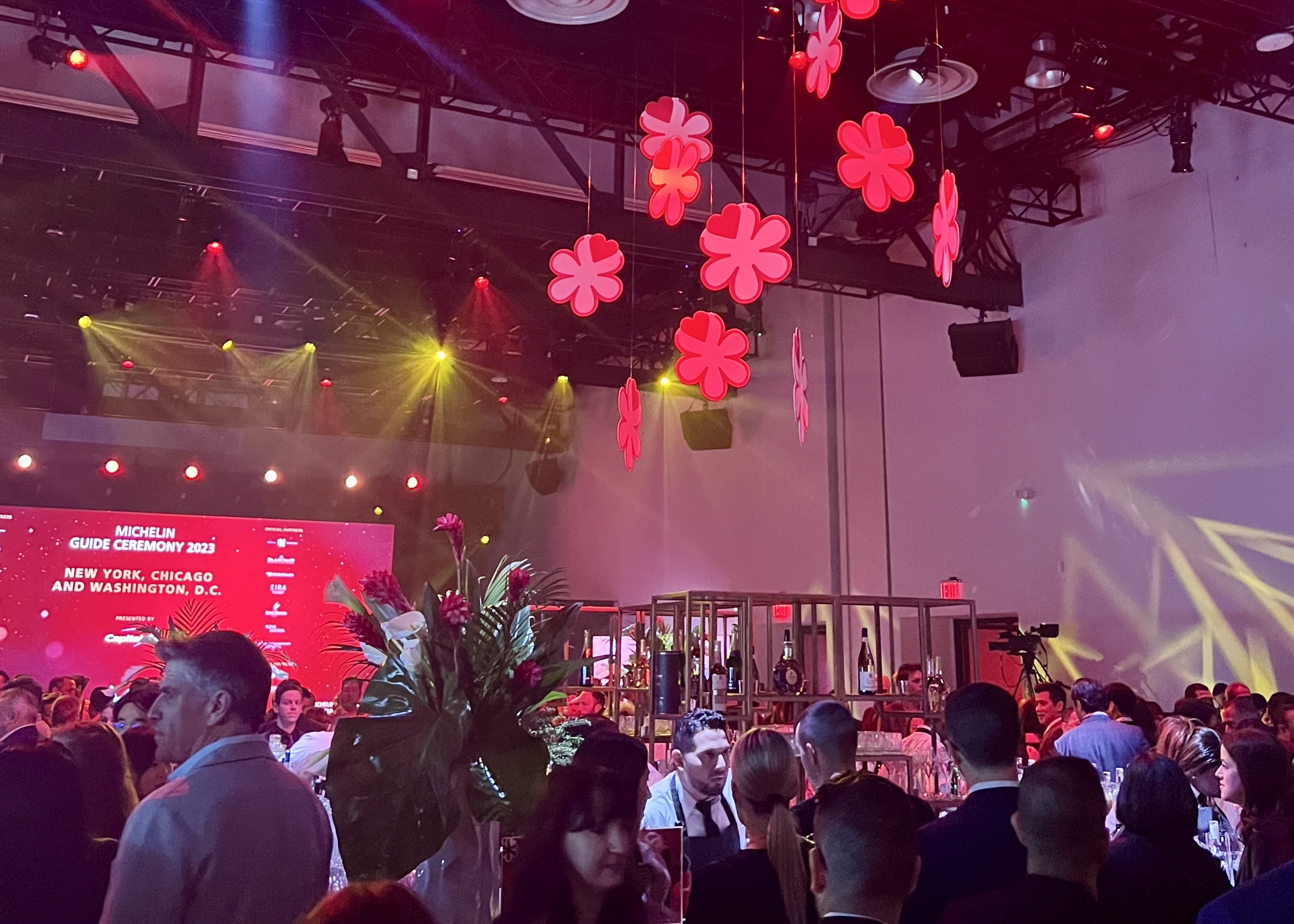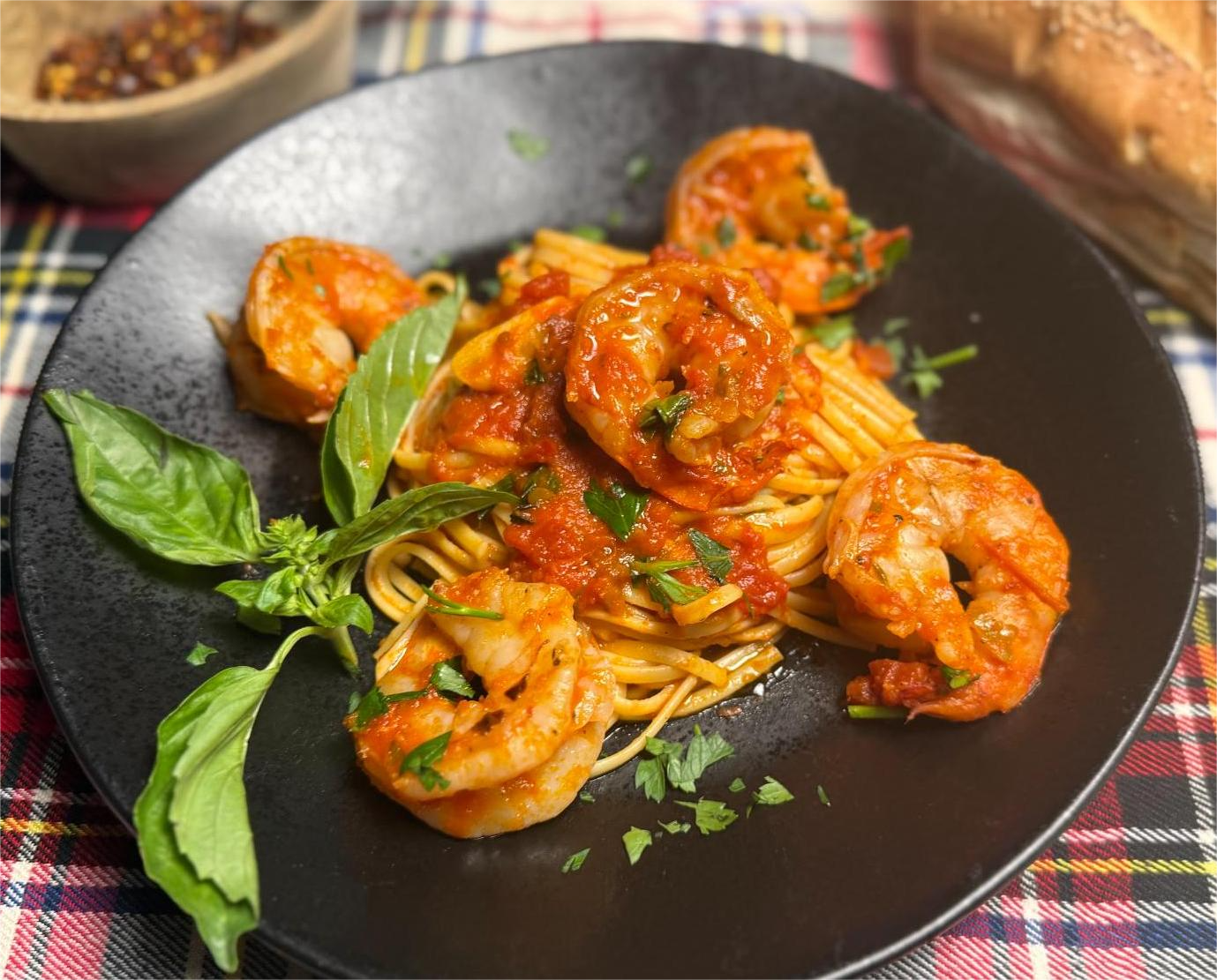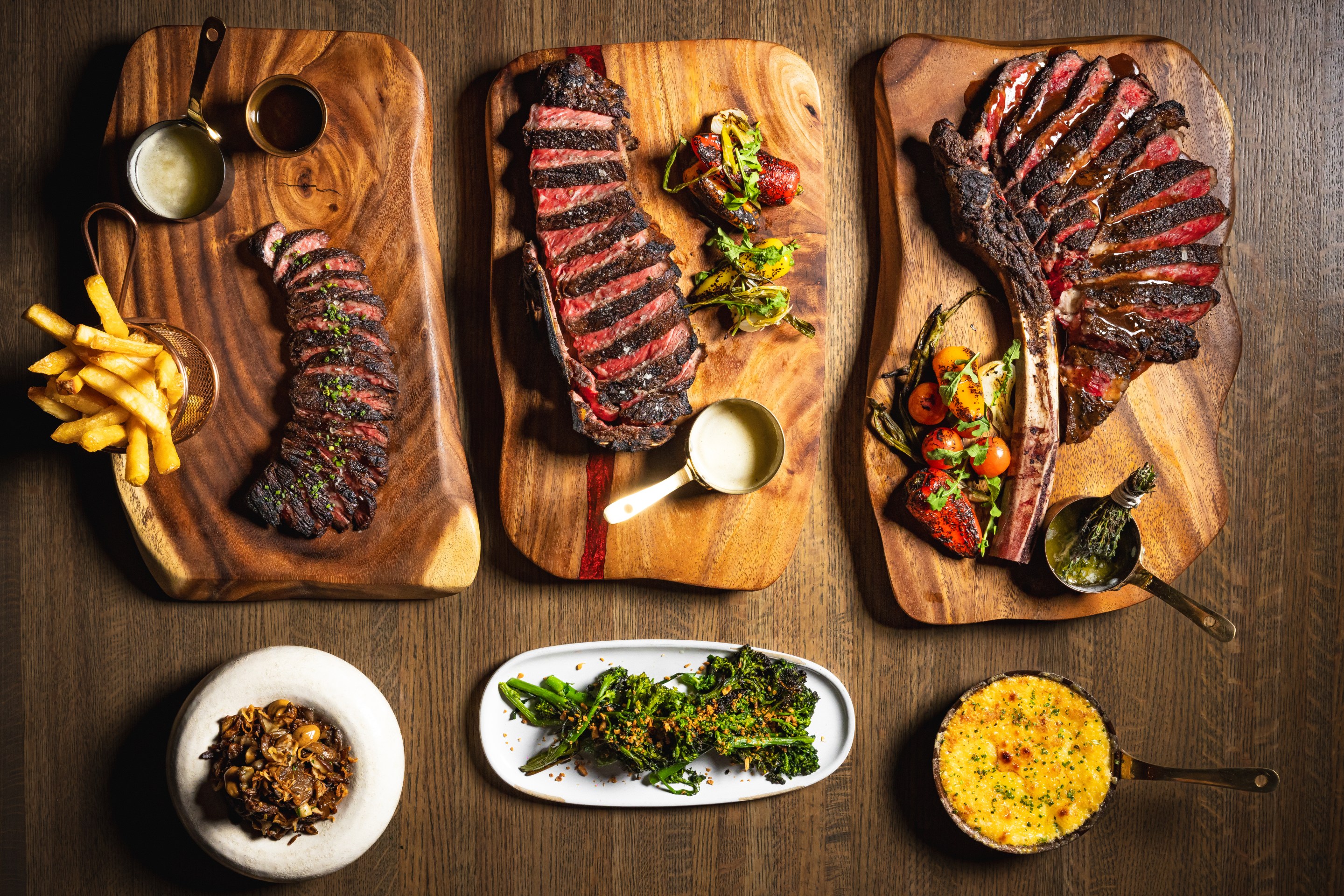It’s the award in the culinary world that nearly everyone has heard of: The Michelin Star. The honor is renowned across the globe, as is the Michelin Guide and the array of distinctions it hands out to restaurants and hotels.
In light of the recently held MICHELIN Guide Ceremony for New York City, Washington, D.C., and Chicago, Appetito sat down with Gwendal Poullennec, the international director of the Michelin Guide, and Michelin’s Anonymous Chief Inspector, to discuss the coveted stars, the Guide’s future, and so much more.
Read the full interview below (answers have been lightly edited and condensed for clarity):
Appetito: How are the Michelin Star awards determined?
Poullennec: The decision whether to award one or more stars to a restaurant is taken collegially by the anonymous Inspectors. "Starred" restaurants are always visited several times by different inspectors to ensure consistent quality and the satisfaction of our five criteria: 1) quality products; 2) the harmony of flavors; 3) the mastery of cooking techniques; 4) the voice and personality of the chef as reflected in the cuisine; 5) consistency between each visit (each restaurant is inspected several times a year) and through the menu as a whole. The Michelin Guide is unique because it evaluates only the cuisine itself. But it can also mention service quality and decor, and describe the experience you can get at a certain restaurant.
Appetito: What does it take to keep a star?
Poullennec: Stars are awarded to restaurants on an annual basis, following a universal and historical methodology applied by the inspectors. To retain a star or multiple stars, the satisfaction of the five criteria must be maintained year over year.
Appetito: How have the awards evolved?
Poullennec: The Michelin Guide was introduced in 1900 as a guide to inform travelers along their journey, and provide them useful information, such as restaurants, hotels, parking lots, and repair shops. Recognizing the growing influence of the restaurant section of the Guide, the Michelin brothers hired a team of inspectors to anonymously visit and review restaurants.
In 1926, the Guide started awarding stars to fine dining establishments. This system was later changed to one, two, and three stars that a restaurant could earn. The main goal of the Michelin Guide hasn’t changed since 1900: It strives to choose the best places by providing honest and high-quality recommendations to culinary connoisseurs all over the world.
In 2020, the Michelin Green Star was introduced in January 2019 and in the U.S. in 2020, the Michelin Green Star awards restaurants at the forefront of practices committed to a more sustainable gastronomy. It’s not a culinary distinction but a complementary one. Every restaurant from the Michelin Guide’s selection – no matter its culinary distinction – can receive a Michelin Green Star if its involvement in sustainable gastronomy is particularly impressive and inspiring.
Appetito: Can you share a bit about what the future looks like for the Michelin Guide?
Poullennec: We are constantly evaluating new and exciting destinations for the guide, all over the world. We're looking forward to expanding our search for new culinary gems, highlighting restaurants and, more broadly, introducing new gastronomic territories to the emerging culinary scene. In 2024, we also announced the launch of the Michelin Guide's expertise in the hospitality sector with the Michelin Keys. Just as we have stars for restaurants, we now have one, two or three key distinctions for extraordinary hotels. Our mission is to make travelers and foodies see the Michelin Guide as a companion in their exploration, providing them with expert recommendations, all in their smartphone with the guide's application.
Appetito: How does social media play into the Michelin Guide's strategy?
Anonymous Chief Inspector: Social media is a great source for restaurant information, closures, chef movement, and our inspectors use it when researching restaurants to conduct their field work.
Appetito: What are the characteristics that Michelin looks for in restaurants? Is it included in the guide or awarding?
Anonymous Chief Inspector: The Michelin Guide is a selection, not a listing. Our inspectors are looking for restaurants that offer a valuable experience, whether it is at the award level, good value, or high-quality dining.







